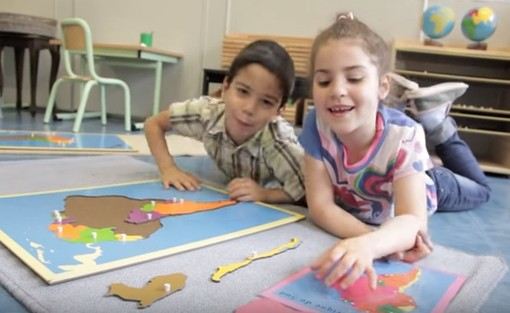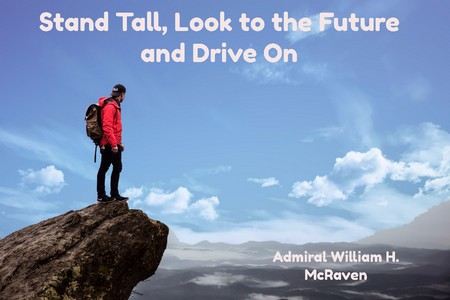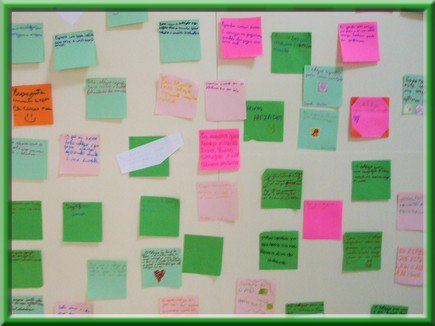 Photo by Nicole Harrington on Unsplash
Photo by Nicole Harrington on Unsplash
#Stubc Week 3
There is something that concerns both gentleness and genuine interest, beyond some amount of sensible curiosity, in the fact of visiting and commenting on Students Blogs.
Our 20th Student’s Blogging Challenge has started almost three weeks ago for its brave and generous journey. About 500 young participants, following common instructions from Tasmanian “Headquarters“, accepted the invitation to confront some subtle challenges on the art of Blogging: different tasks to accomplish, new skills to acquire and friendly connections to make.
All these Students come together by means of this common quest, and converge from all over the world in a “ten weeks meeting” to share their best dreams and conquer new friendships.
For us, lucky adults who share the chance to camp for a while on some of these young bloggers lands, it becomes mainly a deep joy to read them and sometimes stare in wonder while listening to them.
But they also count on our warm comments, our sincere praise, our humble engagement in conversation meant to learn, to share and to enjoy the grace of the candid communication that builds peace and spreads hope in our world.
If you can take a moment, please listen to the beauty of the poem of young Rajyashori, the avid reader who would like to “start some NGO to help the poor people” in her country ; please listen to the ingenious self-introduction at the “About Page” of Mrs Morgan Students, that presents the reader straitgh forward to a living heart, like the poetic text of Holly who ” wants to be the friend of everyone”.
That’s a deep joy about commenting: without noticing, you start listening.
Ines











